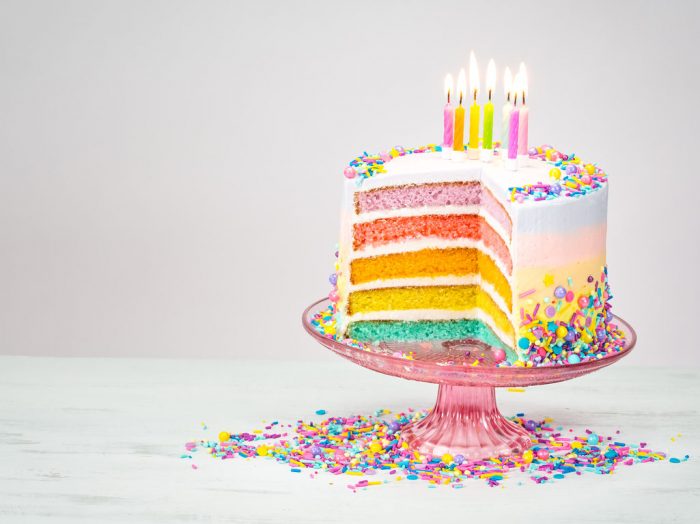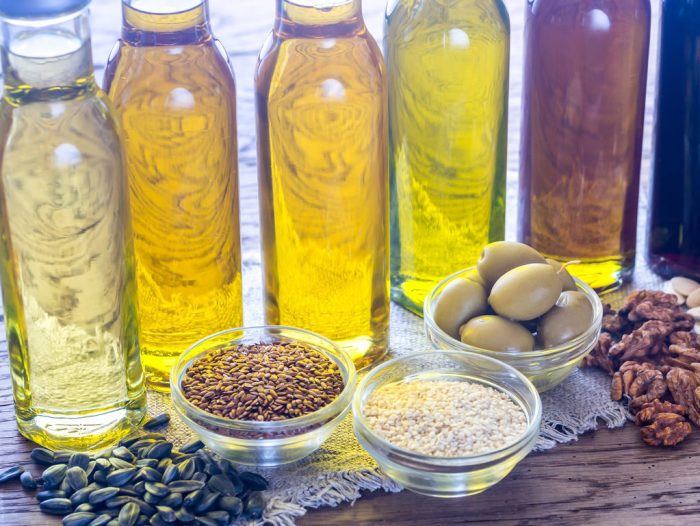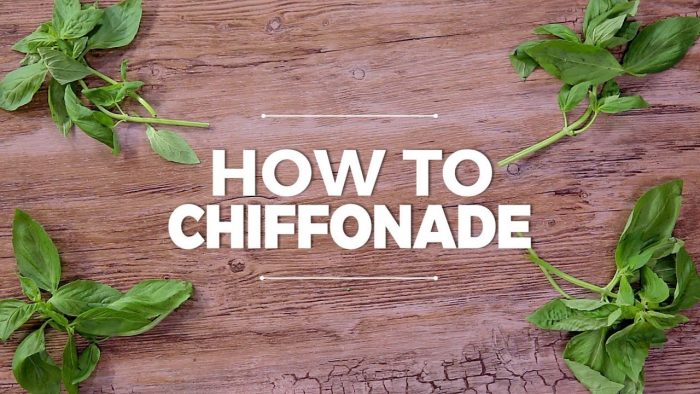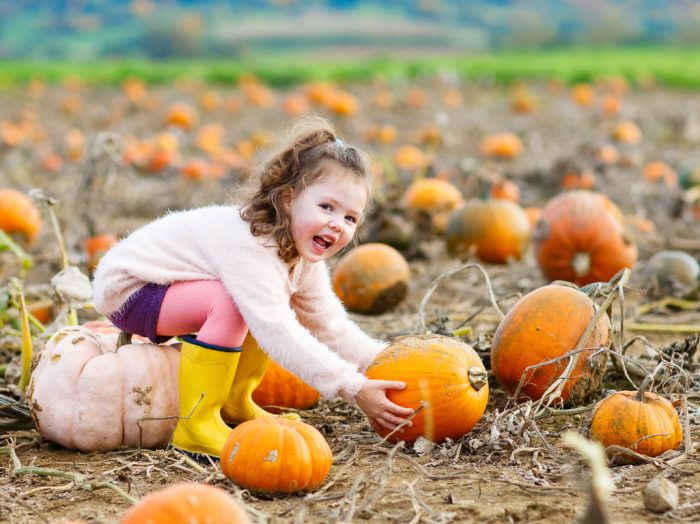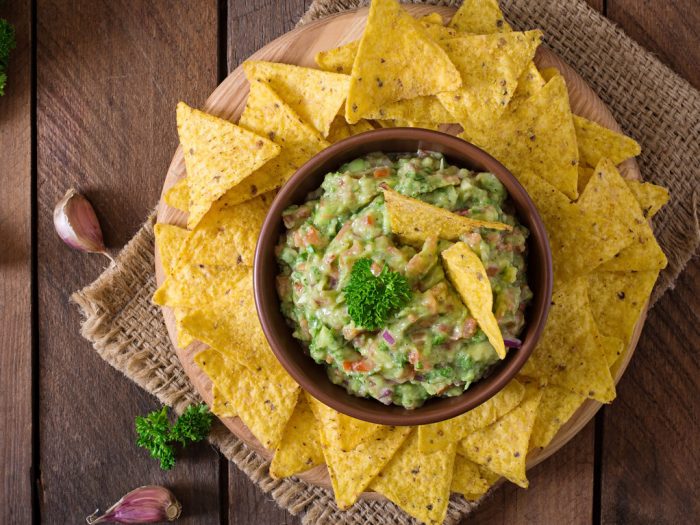If you haven’t used food coloring until now because you didn’t know which type to choose, it’s time to unravel the mystery. It’s quite simple, actually!
Macarons, rainbow cakes, candies, cupcakes with frostings, glazed gingerbread – what if about all these magnificent desserts had no food coloring added? Would it be enough to see and eat only yellow, white, brown, and cream-colored sweets? I don’t think so, that’s why we started to color foods using additives.
Food coloring is any dye, pigment, or substance that imparts color when it is added to food or drink. They can be liquids, powders, gels, and pastes. They’re usually used in commercial food production, but you can also use them in your kitchen.
When to use food coloring
Why do we need food coloring? Mostly because we tend to associate certain colors with certain flavors. The color of food can influence the perceived flavor in anything from dips to soups, from candies to wine. Most of the time, you add food coloring to stimulate the natural color of your dish. Let’s say you make a pistachio frosting, but it’s not green enough. That’s when you can decide to add a few drops of food coloring. You can do the same thing if you make an orange custard and so on.
Color additives are used in foods to make them more attractive, appealing, and appetizing. So, coloring your batter, frosting, buttercream, and dough is a fantastic way to have fun in your kitchen and make personalized baked goods.
There are quite a few food coloring types you can use in your kitchen, but some of them are difficult to find in regular stores. So let’s find out some things about the most accessible ones.

3 food coloring types to meet your needs
1. Liquid Dye
The liquid dye is the traditional liquid food coloring, made of synthetic colorings with a water base.
How it looks like: You can find it easily in many grocery stores, in little squeeze bottles, usually made from plastic. These bottles allow you to add the dye drop by drop into batters and icings. Often, the bottles are topped with little caps that look like gnome hats.
How to use it: Just add drop by drop into whatever you’re coloring. Because the dye is less intense, you can add it until you’ve reached the desired tone. The liquid dye is popular for tinting icings, batters and dough. If you want to dye Easter eggs, mix it with vinegar.
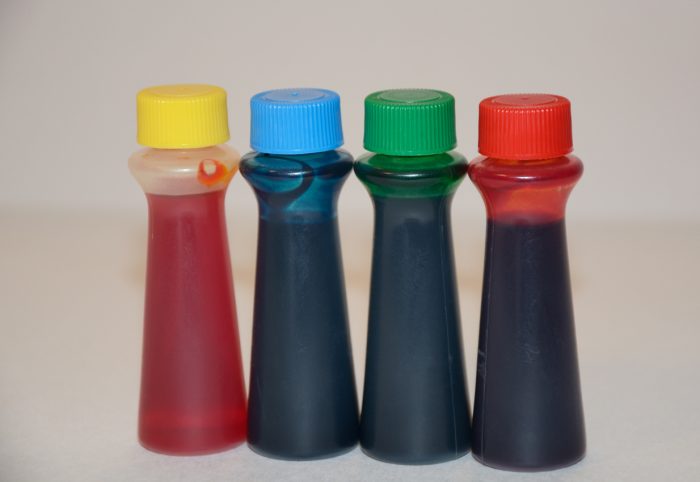
Pros: Liquid dye is an easy-to-find food coloring and it’s inexpensive. It’s your best option when you’re looking for lighter, pastel coloring.
Cons: It’s the least intense food coloring of all since it is water-based. This means you’ll need more of it to achieve a brighter or deeper color. This can be a problem if you use a significant quantity because the extra liquid can affect your recipe, by making your batter too thin.
2. Gel Paste Dye
Gel paste dye can be found in the form of icing color or concentrated gel. It’s a synthetic coloring that contains water, glycerin and/or corn syrup base, that leads to a very thick and concentrated version of liquid gel color.
How it looks like: Gel paste dyes typically come in small containers: little pots or jars. You don’t find it at regular grocery stores very often. You can find it in specialized cooking stores or online, but keep in mind to also search it as ‘icing color’.
How to use it: Gel paste dye is very concentrated. It’s best to dip a toothpick in the paste and add very small amounts each time because its color is very intense. That’s why you should use it when making cakes that need significant amounts of coloring, such as red velvet cake or rainbow cake. You should also choose this type of food coloring if you make frostings or icings when you need less liquid.
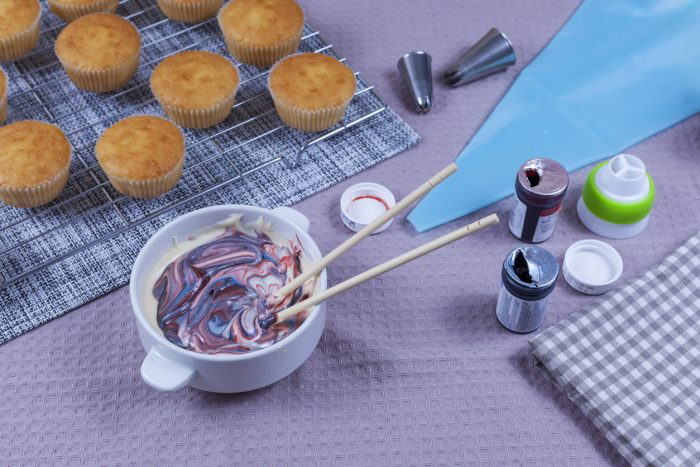
Pros: You only need a small amount of this food coloring type to dye a large amount of batter, so these dyes last a long time. Unlike liquid dye, icing color produces dark and saturated colors.
Cons: You have to pay attention not to add too much coloring because the effect cannot be undone. Its thickness makes it harder to incorporate into stiff doughs. Another con is that you have to order it online or make a trip to a special cooking shop. Also, some red tones of this food coloring can give your baked goods a flavor that some people don’t like. Still, there are red options without taste, so pay attention when you’re buying them.
3. Natural Food Colorings
Natural food colorings are made from natural and plant sources, and they have no glycerin or corn syrup added. For example, saffron or turmeric are used to make yellow, carrot juice makes orange, and beets make red tones. They’re your best option if you’re looking for 100 percent natural and healthy baked goods.
How it looks like: Small dropper bottles.
How to use it: When you use natural food colorings, add them drop by drop until you reach the desired color. They should be used in bread, cookies, and cakes when you want natural colors. They’re your healthier option, especially if you make baked goods that are allergen-free.
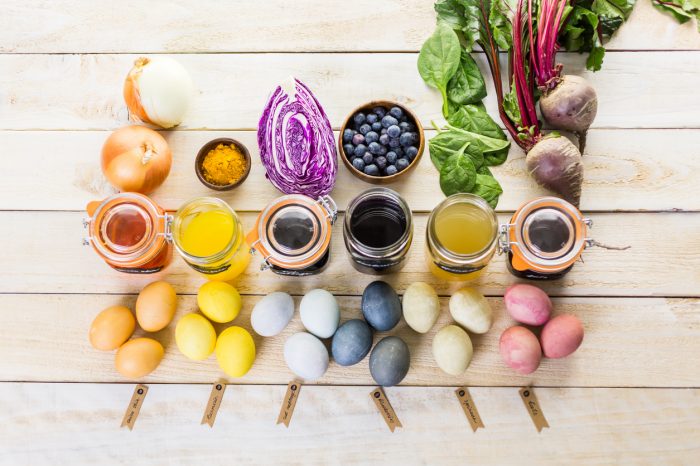
Pros: This food coloring type is good for people who are allergic to synthetic dyes. It’s also healthier than synthetic food colorings.
Cons: They can be hard to find (check specialty stores or online) and more expensive than other food dyes (about 20 dollars/19 euros for a set of basic red, blue, and yellow). Their colors are not very powerful. So, for instance, making a vibrant rainbow cake using natural food colorings might be difficult. Blue natural colors are especially rare; one feasible blue dye currently in use is derived from spirulina.

